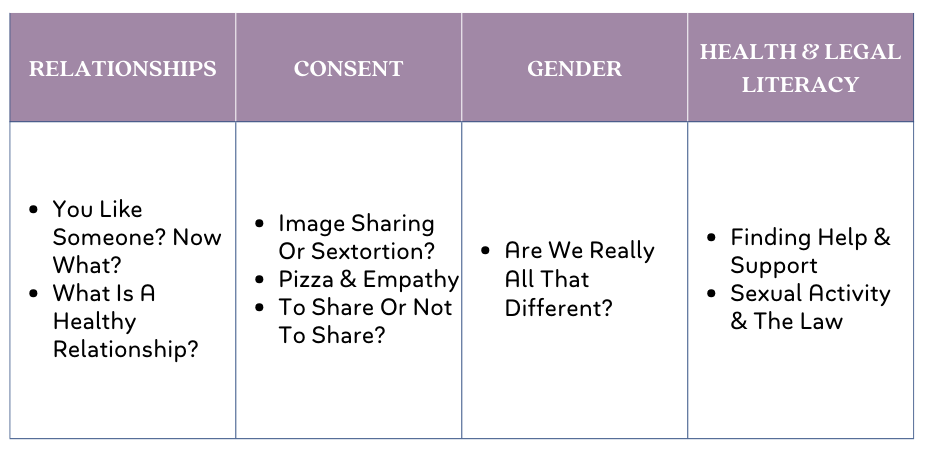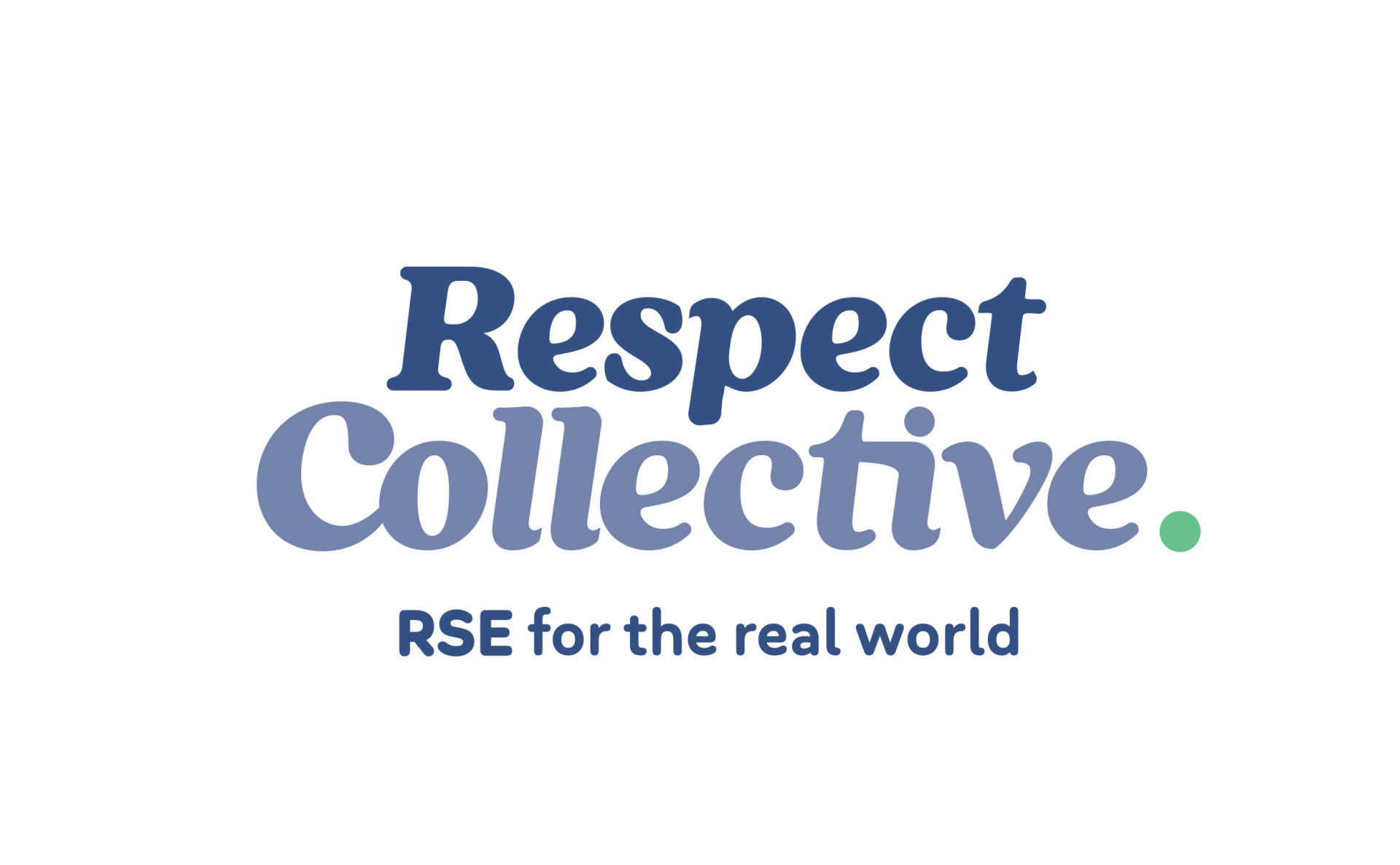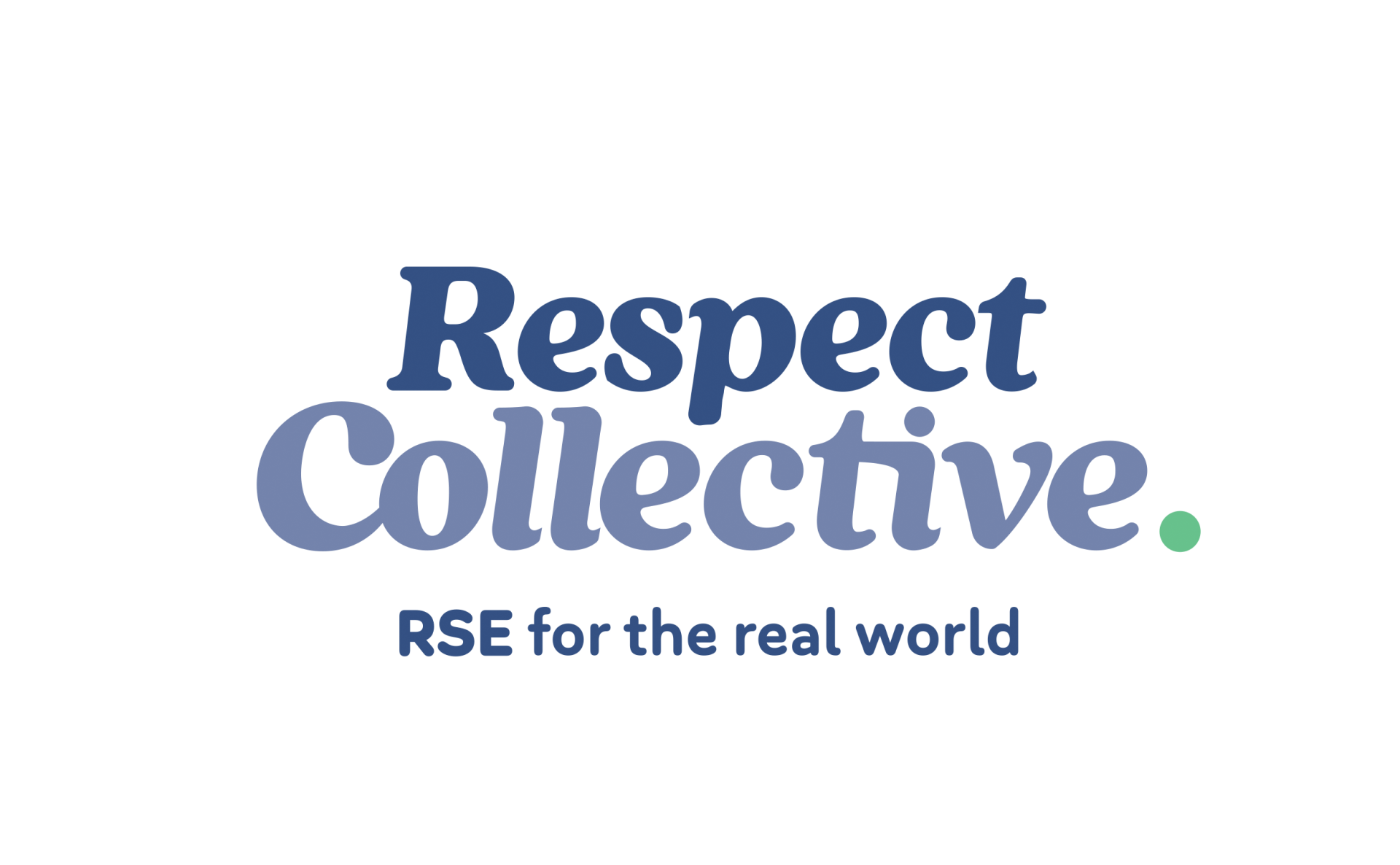In this To Share Or Not To Share lesson, students will learn about the concepts of coercion and Image Based Abuse.
In small groups, students will discuss a TV show clip and a news article that both explore the dynamics of non-consensual image sharing and its connection to gender norms. Students will also receive definitions, legal information, and guidance on seeking help.
Each lesson ends with a consolidation activity, inviting students to list 1
thing they have learnt from the lesson, 1 thing they already knew, 1 piece of
advice they would share with a friend, and 1 adult or organisation that would
be helpful in relation to the lesson topic.


